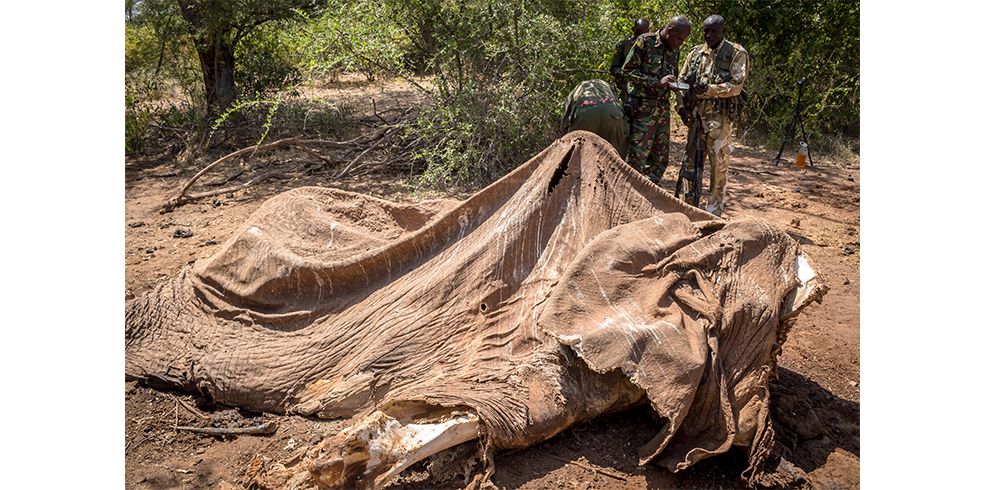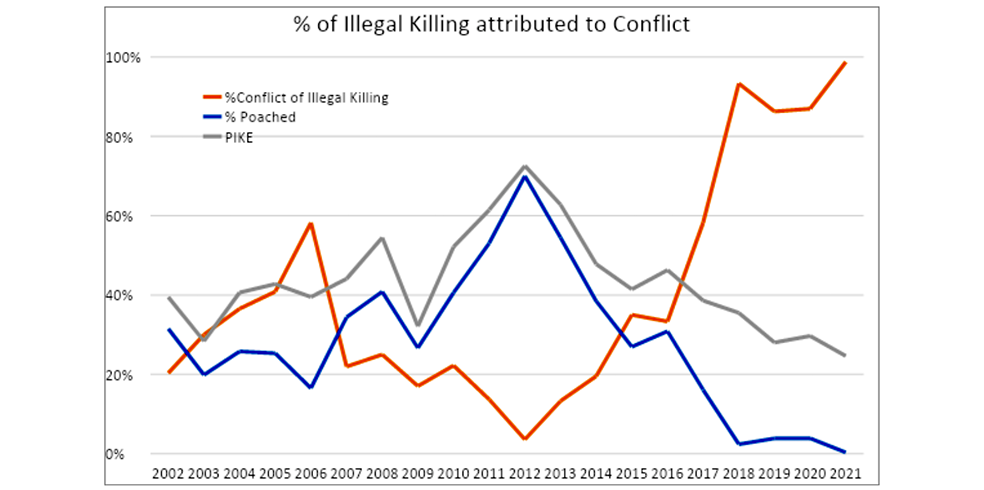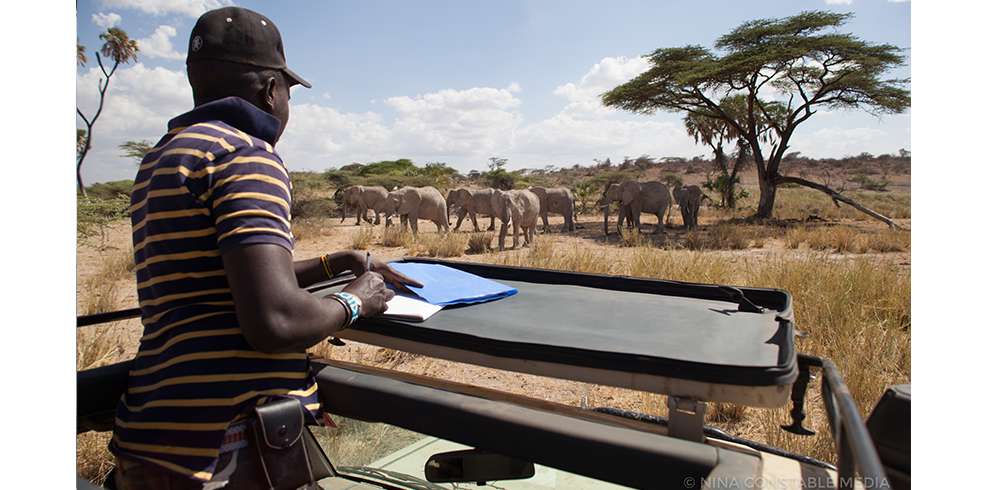An infinite expanse of semi-arid land in northern Kenya – dwelling to an estimated 7,500 elephants, is also performing as an early warning system for threatened elephant populations all through Africa.
Data on elephant mortality from the Samburu-Laikipia MIKE (Monitoring of Illegal Killing of Elephants) programme website online was first utilized by Save the Elephants in 2009 to alert the world to escalating ranges of poaching all through the continent. It was later the cornerstone of a analysis that estimated 100,000 elephants have been killed for his or her ivory between 2010 and 2012, and which normal the muse of many campaigns to complete the ivory commerce.

Rangers look at and doc particulars of an elephant carcass in Samburu Nationwide Reserve © Robbie Labanowski/Save the Elephants
At the moment, worrying new data from the an identical website online signifies that although poaching has decreased, human-elephant battle (HEC) is on the rise. The Samburu-Laikipia data reveals that such battle now accounts for almost all of the illegal elephant killings inside the ecosystem. In 2021, half as many elephants died inside the Samburu/Laikipia ecosystem from causes recorded as battle, as died from poaching on the height of the catastrophe (in 2012). This rise in battle killing will also be in step with what we’re listening to anecdotally from our companions all through Africa.
The MIKE programme, established by the UN Convention on Worldwide Commerce in Endangered Species (CITES), is the one continental measure of poaching pressure. Beneath the programme, native personnel from 57 web sites all through Africa collect self-discipline data on ineffective elephants, verify purpose for lack of life and submit the data to the MIKE program for analysis. This information permits MIKE to find out any modifications in poaching pressure, and to develop every a subregional and continent-wide picture of the extent of and tendencies inside the illegal killing of elephants.

MIKE data for the Laikipia/Samburu MIKE website online info battle as the explanation for over 90% of illegally killed elephants. Graph: George Wittemyer
The Samburu-Laikipia ecosystem might be probably the most data-rich of all 57 MIKE web sites and has one in all many continent’s most well-studied elephant populations. For the earlier 30 years, Save the Elephants has gathered MIKE data on wild elephants. We work fastidiously with Kenya Wildlife Service to verify the data is well-maintained, and co-ordinate harmonisation conferences to consolidate elephant mortality statistics with companions along with the Northern Rangelands Perception, Lewa Wildlife Conservancy, the Samburu Perception, and Space for Giants.
Due to our long term understanding of the Samburu elephant inhabitants we’re able to calibrate what the MIKE data means in precise phrases. For example in 2009, at first of the poaching epidemic, we may even see from the MIKE data that if ranges of illegal killing exceeded 54% of entire deaths, this inhabitants could possibly be in decline.

STE researcher, David Letitiya, collects data on elephants inside the self-discipline as part of STE’s Prolonged Time interval Monitoring program © Nina Constable/Save the Elephants
At the moment, we think about the MIKE data is sending out one different warning signal, this time spherical battle between folks and elephants. At current, such battle accounts for one in every 4 elephant deaths inside the ecosystem.
Human-elephant battle in pastoralist applications is superior, and we’re working to comprehend it increased so we might assist resolve it. Not like poaching, the place the poacher usually removes the tusks from an elephant, battle is multi-faceted. It could be linked to various incidents from youngster elephants falling down wells to adults found with gunshot and spear wounds. This makes battle killings exhausting to find out all through the MIKE system, and subsequently exhausting to hint.
As elephant populations get effectively from the ivory commerce and re-expanding all through landscapes like northern Kenya, they’re encountering a world reworked by stylish pastoralism and agriculture. Choices are urgently needed for every elephants and different folks. Data – harking back to that provided by the MIKE programme – are important for understanding the issue, and the best way it is creating.
Excessive image: Elephant bull, Sarara, pictured with a spear in his facet following a human elephant battle incident ultimate yr © Gilbert Sabinga/Save the Elephants
